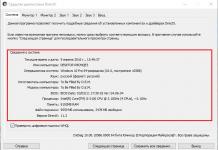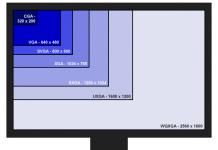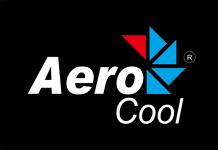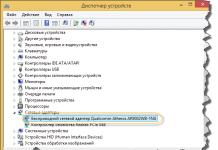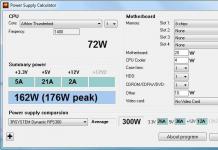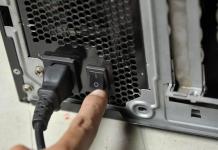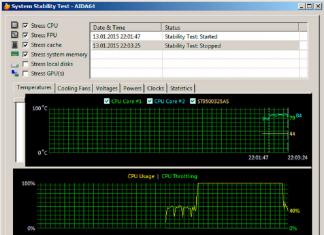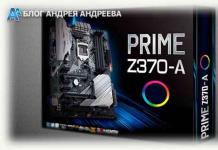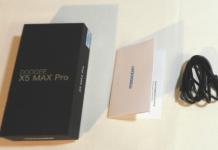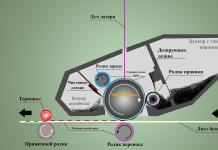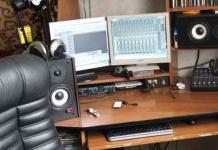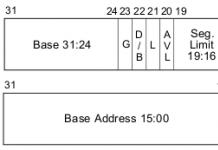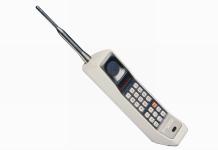- 1. Interaction between motherboard and processor
- 2. Socket selection
- 3. Bus frequency
- 4. Chipset
- 5. Manufacturers
- 6. “Gaming” or “non-gaming” board
- 7. Memory
- 8. Board Form Factor
- 9. Number of interfaces and connectors
- 10. CPU overclocking
The motherboard is the connecting link of all other computer devices, and therefore the question of how to choose the right motherboard is far from being idle. The stability of the PC and its durability depend on the choice of the motherboard, and we do not want to get into situations of the need for frequent, expensive selections and updates of hardware, do we?
In this article, we will tell you what motherboards are, what parameters you should pay attention to first of all, how to choose a motherboard so that it fits the processor, and so on. First of all, you should ask yourself the question: in which PC will the motherboard be located - office, gaming, or with mixed purposes (home).
Interaction between motherboard and processor
First of all, we must decide on the architecture of our future PC, namely, decide whether we will build our entire system based on AMD or Intel.

Let's take a closer look at the available options:
E-ATX- size 305x330 mm. These boards are presented for the LGA 2011-3 connector and, as can be seen from the dimensions, they can become a headache in terms of ergonomics. They are designed for top processors and are equipped with the most productive cooling and power elements. If the place occupied is not a headache for you, you can safely give them your preference.
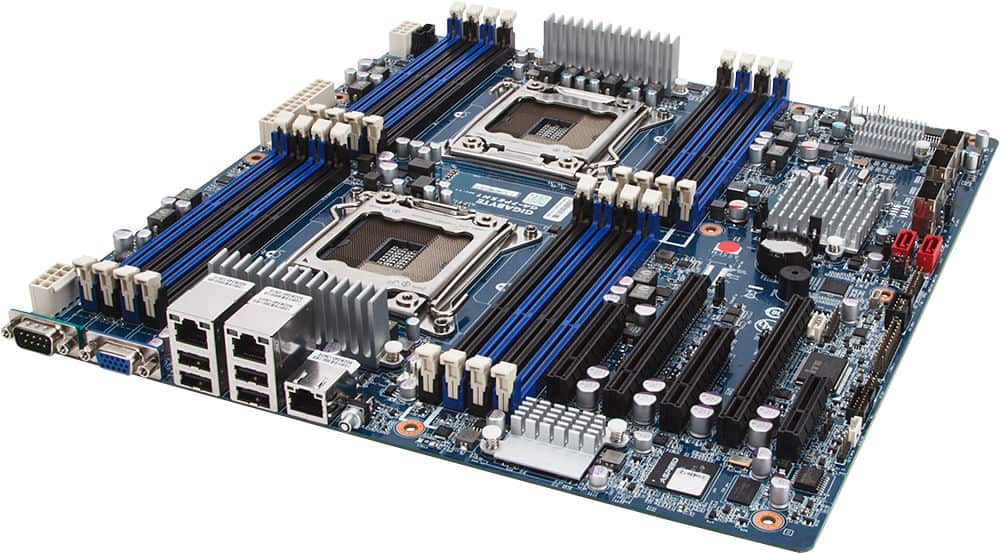
Standard-ATX- 305x244mm. Perhaps the most widely used format on the market, with it you will not have compatibility problems with other devices, but, as before, the board is quite bulky and not suitable for compact solutions.
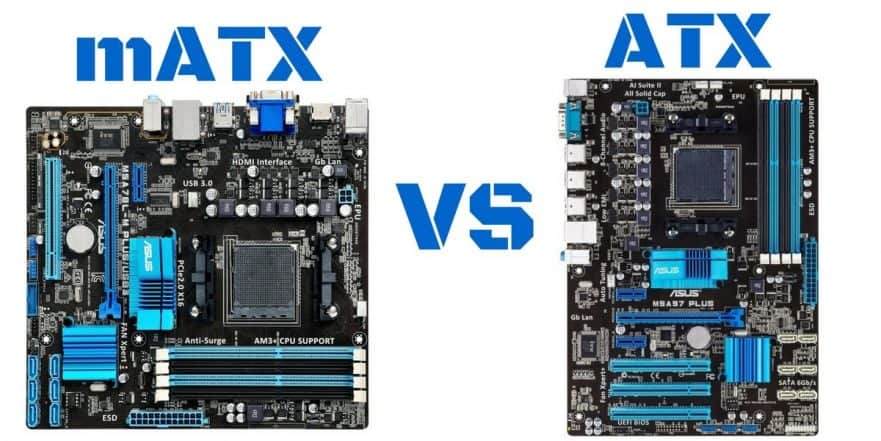
Micro-ATX- 244x244 mm. The reduction in board height is achieved by reducing the PCI-e slots. If earlier this form factor was perceived as a budget analogue of larger boards, then with the development of electronics, it became able to implement all the functionality of older brothers.
mini-itx- 170 × 170 mm - an option for fans to replace the standard computer case with something compact and stylized as a multimedia player.
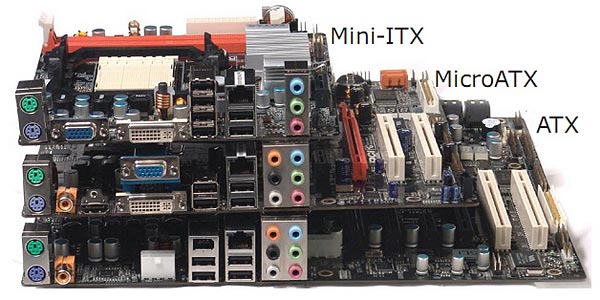
Mini-STX– 140×140 mm. It already uses memory modules from external laptops and external power supplies. You can experiment with building a PC based on this board, but you will most likely lose performance and overpay.
Number of interfaces and connectors
Often, buyers choose a board based on the name of the manufacturer or the mythical term “gaming”, but when they get home they find that they simply cannot connect this or that device to it. So that such an incident does not happen to you, we will try to briefly review all the external interfaces necessary for the motherboard.
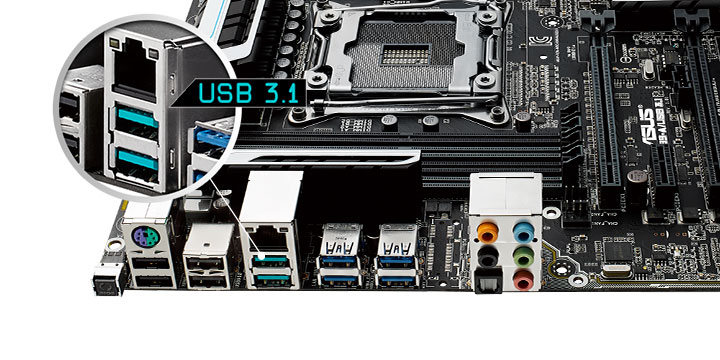
First you need to decide how many USB outputs you need on the rear panel to connect peripherals. You should not chase quantity, but reasonable 4-6 ports should be present. It is desirable that a couple of them comply with the 3.0 standard, then you will not have the hassle of connecting portable hard drives. The 3.1 format is slowly entering our lives - it would be nice to look beyond the event horizon and take care of its presence.
SATA is another necessary connector, high-speed SSDs work with this interface, since this connector is an integral part of any, even the most budget motherboard. 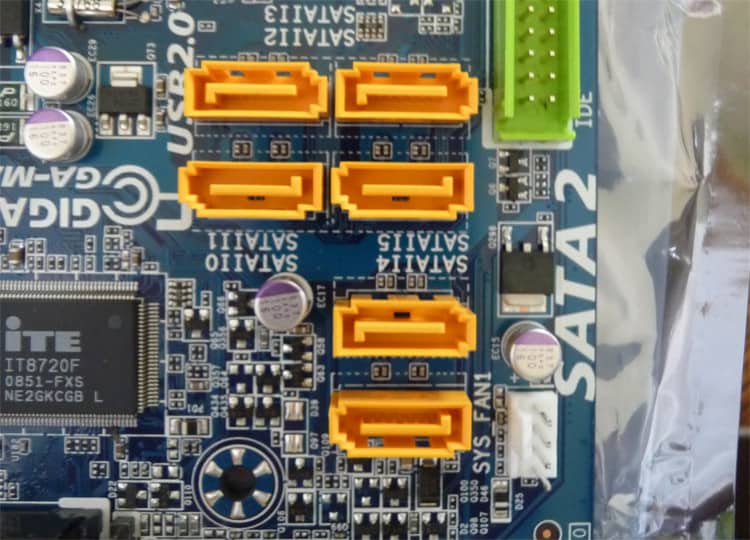
Tip from my own experience - be sure to consider the presence of a built-in Wi-Fi adapter. A router is already in almost every home and it is much easier to purchase a suitable board than to take the time-consuming process of laying a cable to your computer and spoil the appearance of the room.
If you are an audiophile and sound quality is important to you, pay attention to whether the integrated sound card supports 5.1 and 7.1 systems, or immediately ask to add a suitable discrete sound card to your motherboard.
PCI-express slots and their location are not so critical for gamers who choose one top-end card, but if you pursue other goals and want to use SLI/Crossfire technologies, then take a look at the number of ports and the comfort of their location - it will not be superfluous.
CPU overclocking
If your motherboard is the base for overclocking the processor, then you need to immediately inquire about the previous experience of the owners of this board in order to achieve maximum results and increase performance as much as possible. If you are looking for an "overlocker" card - do not disdain reviews from reputable experts. If the same card from time to time shows decent performance in this difficult matter, it is likely that it is the answer to your question of how to choose a motherboard for a computer.
I hope our article on the tricky issue of choosing a motherboard has helped you, and you will never again become a victim of the cunning of sellers or your own ignorance of the issue. Patience in analyzing the saturated motherboard market and good luck with your purchase.


